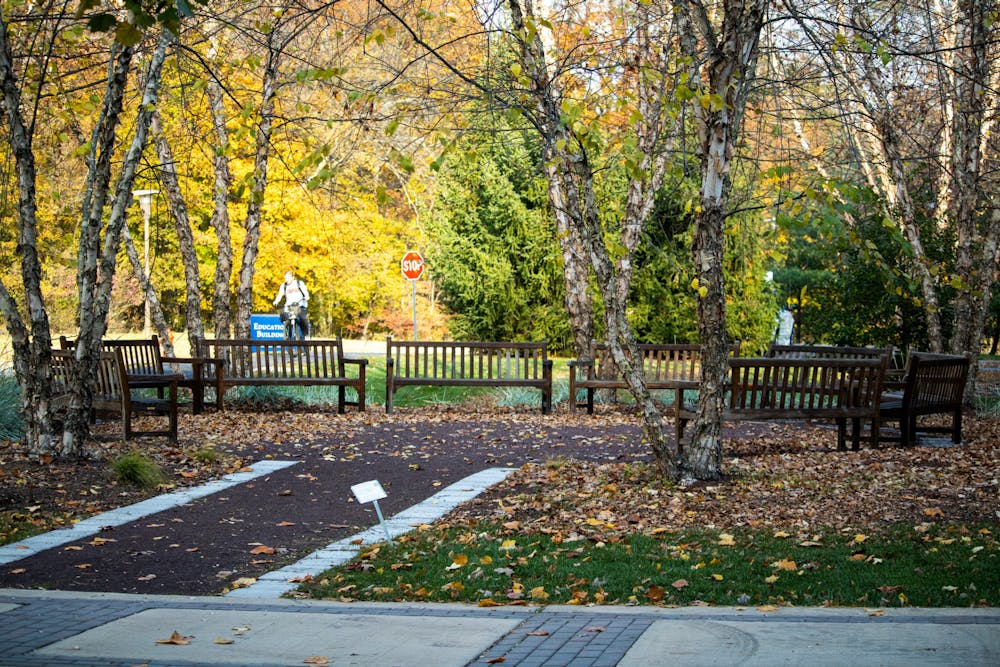By Myara Gomez
Staff Writer
There is a project at the College that is in its beginning phases called Campus as a Living Lab, which aims to use campus spaces for learning through hands-on environmental projects. There are four faculty members leading this initiative: anthropology professor Dr. Miriam Shakow, biology professor and department chair Dr. Wendy Clement, early childhood education professor Dr. Louise Ammentorp and journalism professor and department chair Kathleen Webber.
The launch party for Campus as a Living Lab was on Oct. 24, followed by an information session on Nov. 1 to share faculty information and begin coordinating the project.
Within this large project, there are smaller potential projects that students can take part in. Some examples include making an on-campus greenhouse, implementing sustainable landscaping, sustainable energy and reduction of waste on campus. According to Shakow, this project was awarded an Academic Innovation Award of $75,000, which is to be used over the course of three years.
“I am excited to participate in this project in a number of ways, but my training and work as a plant biologist will be particularly helpful for examining existing biodiversity on campus and continuing to build and support healthy ecosystems on our campus,” Clement said.
The faculty that is present on this project has a diverse set of skills and expertise. Shakow mentioned that the sociology and anthropology department can research public perceptions and policy options. The biology department can study the ecological impact. Communications and English departments can help with the website and getting the word out about Campus as a Living Lab.
This project is open to anyone across campus regardless of their major. As long as they share the shared goal of making the campus more sustainable.
At the launch party several topics were discussed, such as learning skills to promote environmental sustainability and addressing climate change within students’ majors.
“We also celebrated the opportunity that we hope it provides for faculty, staff and students to work together on projects. We discussed how it can be a very joyful feeling for all of us, who are interested in working actively on solutions to climate change and other environmental problems, to come together and collaborate, when sometimes people feel alone in these concerns,” Shakow said.
The launch party was fairly successful, with 15 faculty members and six students present. Shakow mentioned that faculty can participate by incorporating hands-on projects that will ultimately make campus more sustainable and better the environment. This can be done outside the classroom as well through student organizations and Bonner activities.
The information session on Nov. 1 will cover Campus as a Living Lab as a whole, as well as encourage an open discussion among faculty in regards to what projects they want to launch in the classroom. Shakow has a goal to develop a multi-year plan; she also hopes that the College can receive a gold rating from the Association for the Advancement of Sustainability in Higher Education STARS (Sustainability Tracking, Assessment and Rating System) program.
When Shakow submitted the project proposal, there were four goals of this project. These were to increase learning opportunities in environmental sustainability, improve campus appearance and infrastructure, increase recognition through new student groups and grants, and finally, leverage resources efficiently.
This project will help to connect students and faculty through these projects that will help better our campus and environment.
“My hope is that the Campus as Living lab will eventually provide the opportunity for all TCNJ students to gain the confidence that they can address climate change and other environmental challenges in their careers and communities,” said Shakow.







